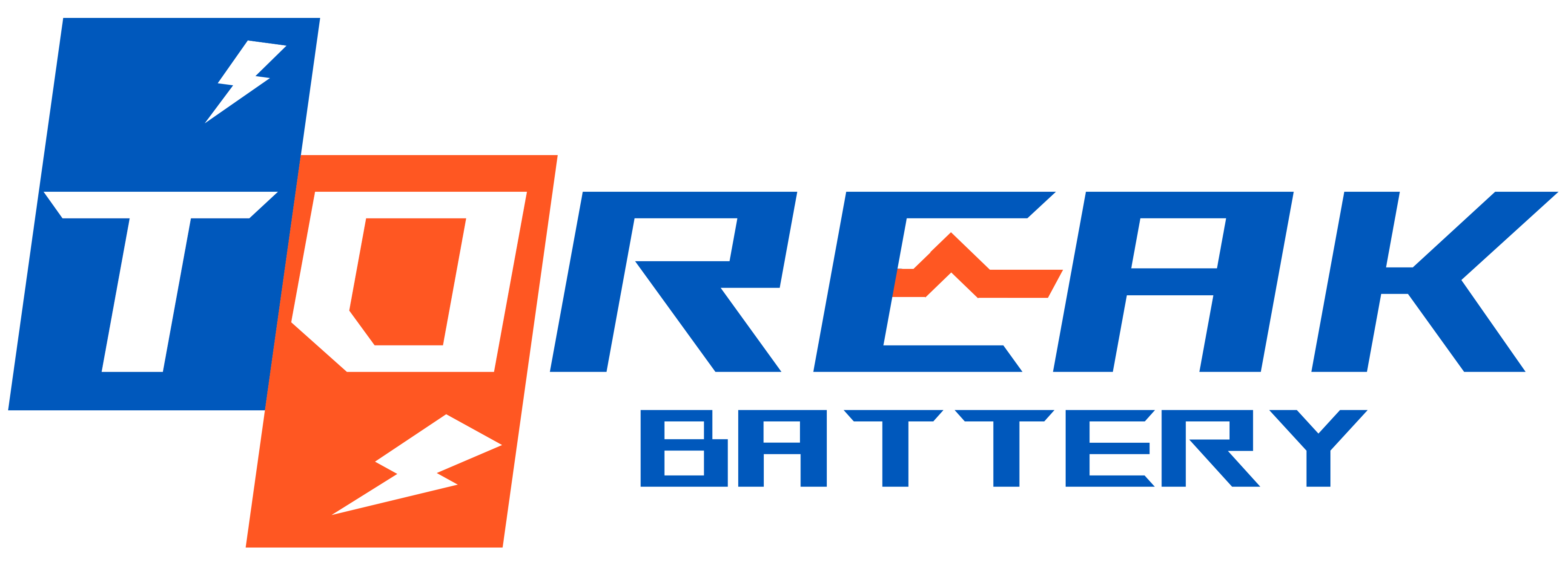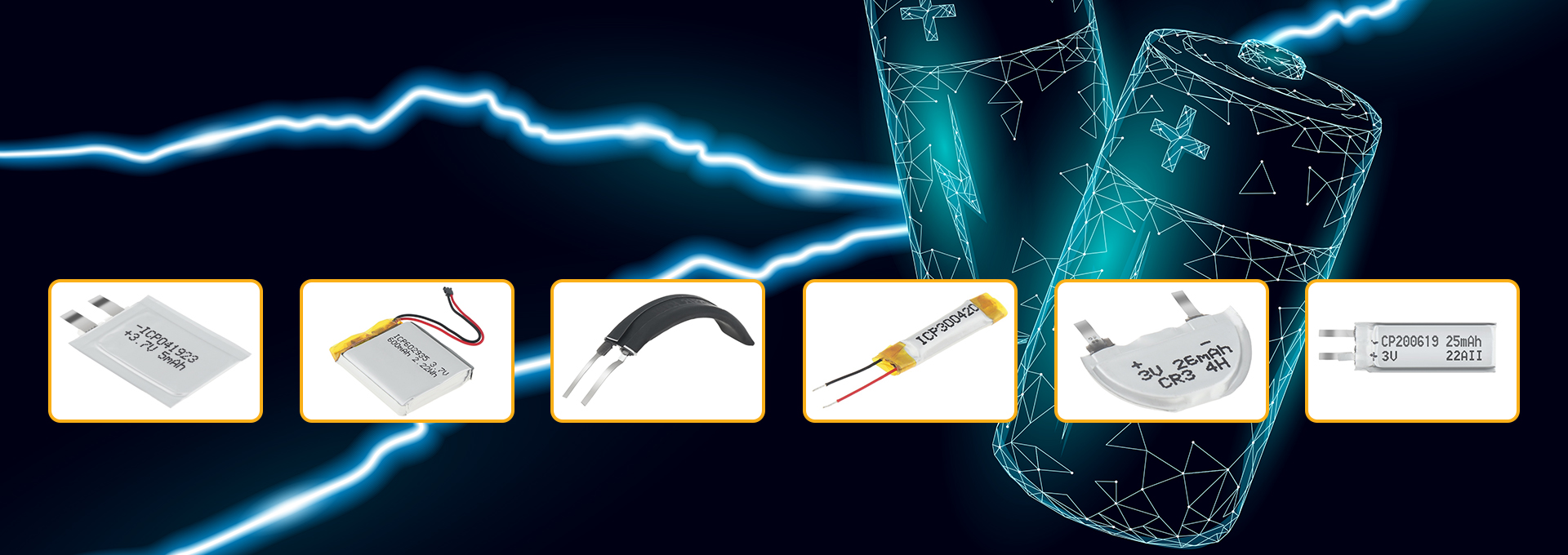Ultra-thin lithium battery recycling can not only save resources, but also protect the environment
1. Pretreatment technology:
Discharge: Ultra-thin lithium batteries must be thoroughly discharged before recycling to eliminate the residual power inside the battery and avoid safety problems such as short circuit and fire during subsequent processing. Common discharge methods are physical discharge and chemical discharge. Physical discharge is to connect the battery to a load such as a resistor to allow the power inside the battery to be consumed through the resistor; chemical discharge is to use a specific chemical solution to react with the electrode material inside the battery to consume the battery power.
Disassembly: Disassemble the ultra-thin lithium battery from the electronic device and perform preliminary classification and screening on the battery. This step requires careful operation to avoid damage to the battery. At the same time, batteries of different models and specifications must be classified for subsequent targeted treatment.
2. Separation technology:
Mechanical separation: Use mechanical methods such as crushing, screening, and air separation to separate the outer shell, electrode material, diaphragm and other components in the ultra-thin lithium battery. For example, first break the battery into small pieces, then use a screening machine to separate materials of different particle sizes, and then use an air separation device to separate metal and non-metal materials according to the density difference of the material.
Chemical separation: Use specific chemical reagents and reaction conditions to separate the positive electrode materials, negative electrode materials and other impurities in ultra-thin lithium batteries. For example, for ultra-thin lithium batteries containing positive electrode materials such as lithium cobalt oxide and lithium manganese oxide, acid leaching, alkaline leaching and other methods can be used to dissolve the positive electrode materials into the solution, and then the positive electrode materials can be extracted from the solution through precipitation, extraction and other operations.
Pyrolysis separation: In an oxygen-deficient or inert atmosphere, the ultra-thin lithium battery is heated to a certain temperature to decompose and volatilize the organic matter (such as binder, electrolyte, etc.) in the battery, thereby realizing the separation of electrode materials and organic matter. The control of pyrolysis temperature and time is very critical, which is to ensure that the organic matter can be fully decomposed and to avoid damage to the structure and performance of the electrode material.
3. Purification technology:
Metal purification: For the separated metal materials (such as copper, aluminum, cobalt, nickel, etc.), further purification treatment is required to improve the purity of the metal. Common purification methods include electrolytic refining, chemical precipitation, solvent extraction, etc. For example, electrolytic refining uses the principle of electrolysis to reduce metal ions to metal elements on the cathode, thereby achieving metal purification; chemical precipitation is to add specific chemical reagents to precipitate metal ions, then separate the precipitate and further process it.
Electrode material purification: For the recycled positive and negative electrode materials, it is necessary to remove impurities and contaminants and restore their electrochemical properties. This can be achieved through washing, heat treatment, surface modification and other methods. For example, calcining the positive electrode material at high temperature can remove organic matter and impurities on the surface of the material, while improving the crystal structure and electrochemical properties of the material.
4. Reuse technology:
Direct reuse: For ultra-thin lithium batteries with good performance and less severe capacity attenuation, they can be directly applied to fields with low battery performance requirements, such as energy storage systems, electric bicycles, low-speed electric vehicles, etc. after testing and screening. This method can reduce resource waste and reduce recycling costs.
Material reuse: Recycled electrode materials, metal materials, etc. are used as raw materials for the production of new lithium batteries or other related products. For example, after processing, the recycled lithium cobalt oxide positive electrode materials can be used to produce new lithium cobalt oxide batteries; the recycled copper, aluminum and other metal materials can be used to manufacture wires, cables and other products.
Repair technology: For some ultra-thin lithium batteries with severe capacity attenuation, repair technology can be used to restore their performance. For example, by deep charging and discharging the battery, adding repair agents, etc., the electrode structure and electrolyte inside the battery can be repaired to improve the battery's capacity and cycle life.

